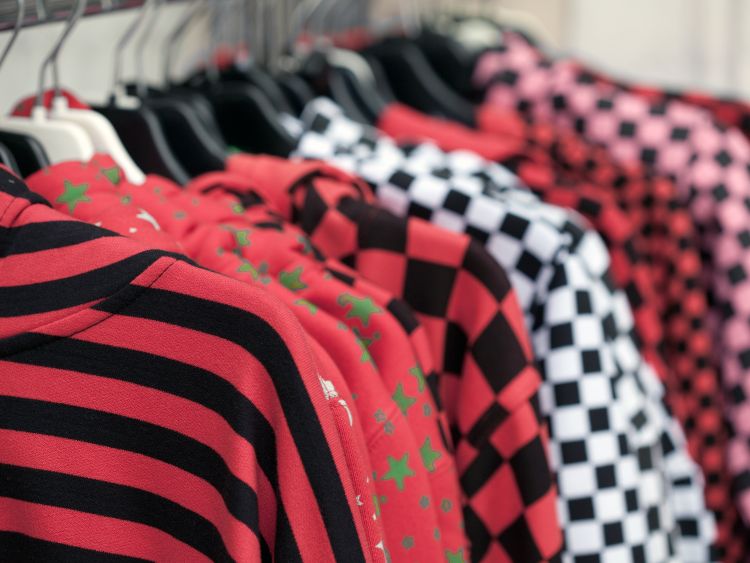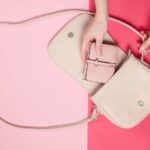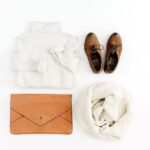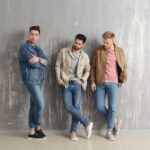The 1920s was a groundbreaking decade for men’s fashion. It was a time of significant change, as men began to move away from the rigid styles of the previous century. In its place, they embraced a more relaxed, youthful, and refined look. From tailored suits to stylish hats, men in the 1920s knew how to make a statement. Let’s dive into the fascinating world of 1920s men’s fashion, explore key pieces, and understand how this era has left a lasting legacy in today’s style trends.
The Roaring Twenties – A Fashion Revolution
The 1920s, often called the Roaring Twenties, was a time of cultural dynamism and social change. The aftermath of World War I brought a desire for a new way of life, which was reflected in everything, including fashion. Men sought clothing that was less restrictive, allowing for ease and comfort, while still maintaining a sense of sophistication. 1920s mens fashion became an iconic symbol of this era, representing a shift towards modernity with an emphasis on both formality and function.
Fashion in the 1920s was about expressing individuality while adhering to societal norms of elegance. Suits were the hallmark of a gentleman’s wardrobe, but there was plenty of room for creativity within those constraints. Whether you were hitting the jazz clubs or simply strolling down the street, your attire spoke volumes about your social standing and personal style. So, what made 1920s mens fashion so unforgettable? Let’s break it down!
The Key Elements of 1920s Mens Fashion
1. The Power of the Suit
When it comes to 1920s mens fashion, the suit was king. Men wore suits for almost every occasion, from work to casual outings. However, the cut and style of the suit were different from what we see today.
- Tailored to Perfection: Suits in the 1920s had a more relaxed fit than their predecessors. The jackets were slightly looser, but they still maintained structure, thanks to shoulder padding and tailored waists.
- Single-breasted Jackets: Double-breasted jackets were less common. Most men opted for single-breasted jackets, which provided a cleaner and more modern look.
- High-waisted Trousers: These were a staple in men’s wardrobes, sitting high on the waist and often pleated to allow for ease of movement. Paired with suspenders or belts, high-waisted trousers were a key feature in the overall silhouette of the 1920s.
- Wide Lapels and Cuffs: Wide lapels on jackets and cuffs on trousers were a popular design choice, adding a touch of flair to an otherwise classic ensemble.
Tips for a Modern Take:
Want to recreate a 1920s-inspired look today? Look for suits with structured shoulders, wider lapels, and high-waisted trousers to capture the essence of the era while keeping it contemporary.
2. The Role of Accessories: Hats, Pocket Squares, and Ties
No 1920s gentleman would be seen without the right accessories to complement his suit. Accessories were the perfect way to add a personal touch and show off some character.
- The Iconic Fedora: Hats were essential in 1920s mens fashion, and the fedora was the most popular style. Made of felt, it offered both function and style, protecting men from the elements while completing their outfits.
- Ties and Bowties: Neckties were narrow, often striped or geometric, and bowties made a stylish alternative for evening wear. Both were essential elements of the polished 1920s look.
- Pocket Squares: Every man carried a pocket square, often in a contrasting color to add a pop of flair to the suit.
3. Footwear: Oxfords, Brogues, and Two-Tone Shoes
Shoes in the 1920s were all about class and sophistication. Leather shoes, particularly Oxfords and Brogues, were the go-to choice for men. In fact, two-tone shoes, with contrasting colors such as black and white, became quite fashionable during this time.
- Oxfords: These were the quintessential formal shoe, often made from polished leather, and paired perfectly with the tailored suits of the time.
- Brogues: With their decorative perforations, brogues were a more casual alternative but still refined enough for daily wear.
- Two-Tone Shoes: A standout trend of the 1920s, two-tone shoes were bold and stylish, often featuring black and white or brown and white combinations.
4. Casual Wear: Sweaters, Knickers, and Sports Jackets
Though suits were the standard, casualwear made its mark in the 1920s, especially as leisure activities like golf and tennis gained popularity. Men began wearing more relaxed outfits for sports and weekend outings.
- Sweaters: V-neck and crewneck sweaters, often made of wool, were a favorite among men during colder months. Argyle patterns were particularly trendy.
- Knickers: These knee-length trousers were common for outdoor activities like golf. Paired with long socks and a sweater, this look exuded both sportiness and style.
- Sports Jackets: Tweed or wool sports jackets were a staple in every man’s wardrobe. They were slightly less formal than suit jackets but still tailored and appropriate for casual outings.
The Influence of Celebrities and Cinema
Much like today, celebrities had a major influence on 1920s mens fashion. Actors like Rudolph Valentino and Douglas Fairbanks became style icons, with their on-screen looks influencing men’s fashion choices across the globe. Hollywood films showed men dressed in immaculate suits, encouraging ordinary men to emulate the glamorous styles they saw on screen.
Fashion for Different Occasions
- Daytime Wear: Men generally wore lighter colors such as beige or light grey suits during the day. Casual elements like sweaters and sports jackets were also more common for daytime leisure.
- Evening Wear: The tuxedo or dinner jacket was a must for formal evening events. These garments were usually black or midnight blue, paired with a crisp white shirt and a black bowtie.
- Work Attire: Suits were still mandatory for work, but they were less formal than evening wear. Pinstripes and muted tones like navy and charcoal grey were common in business settings.
FAQs About 1920s Mens Fashion
- What were the most common fabrics used in 1920s mens fashion? Wool was the most popular fabric, particularly for suits and outerwear. Linen was also used for summer suits, while tweed was favored for sports jackets.
- How did World War I affect 1920s mens fashion? After World War I, men’s fashion shifted towards more practical and relaxed styles. The stiff, restrictive suits of the pre-war era were replaced with softer, looser fits that prioritized comfort without sacrificing elegance.
- Did men wear jeans in the 1920s? No, jeans weren’t a part of mainstream fashion in the 1920s. Men primarily wore suits or tailored trousers, even for casual wear. Denim was mainly associated with workwear during this period.
- What is the modern equivalent of 1920s mens fashion? Many elements of 1920s mens fashion have made a comeback in recent years, especially high-waisted trousers, wide lapels, and tailored suits. Today’s fashion often blends these classic elements with more modern fits and fabrics.
Conclusion: The Enduring Legacy of 1920s Mens Fashion
The Roaring Twenties left an indelible mark on men’s fashion. It was a time when style became more accessible, and men took greater pride in their appearance. 1920s mens fashion was all about finding the balance between formality and comfort, a trend that continues to influence modern menswear.
As you consider the timeless appeal of the 1920s, remember that you don’t need a time machine to bring a little of that dapper charm into your wardrobe today. From tailored suits to stylish hats, the key is to embrace the spirit of the era while making it your own.







